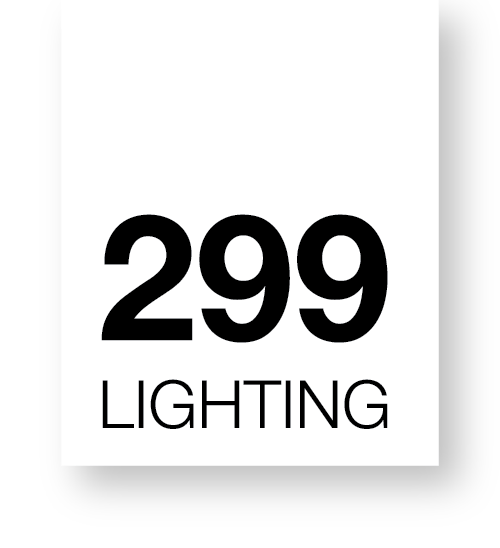The Benefits of DIALux EVO 9 Update.
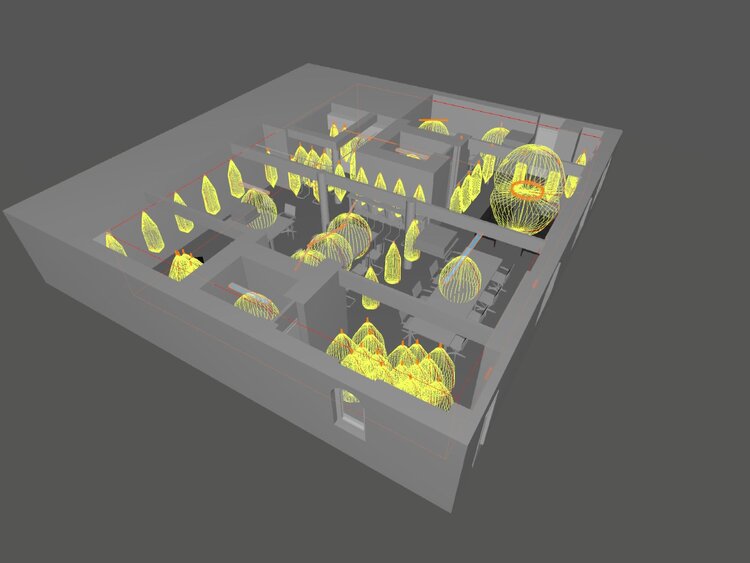
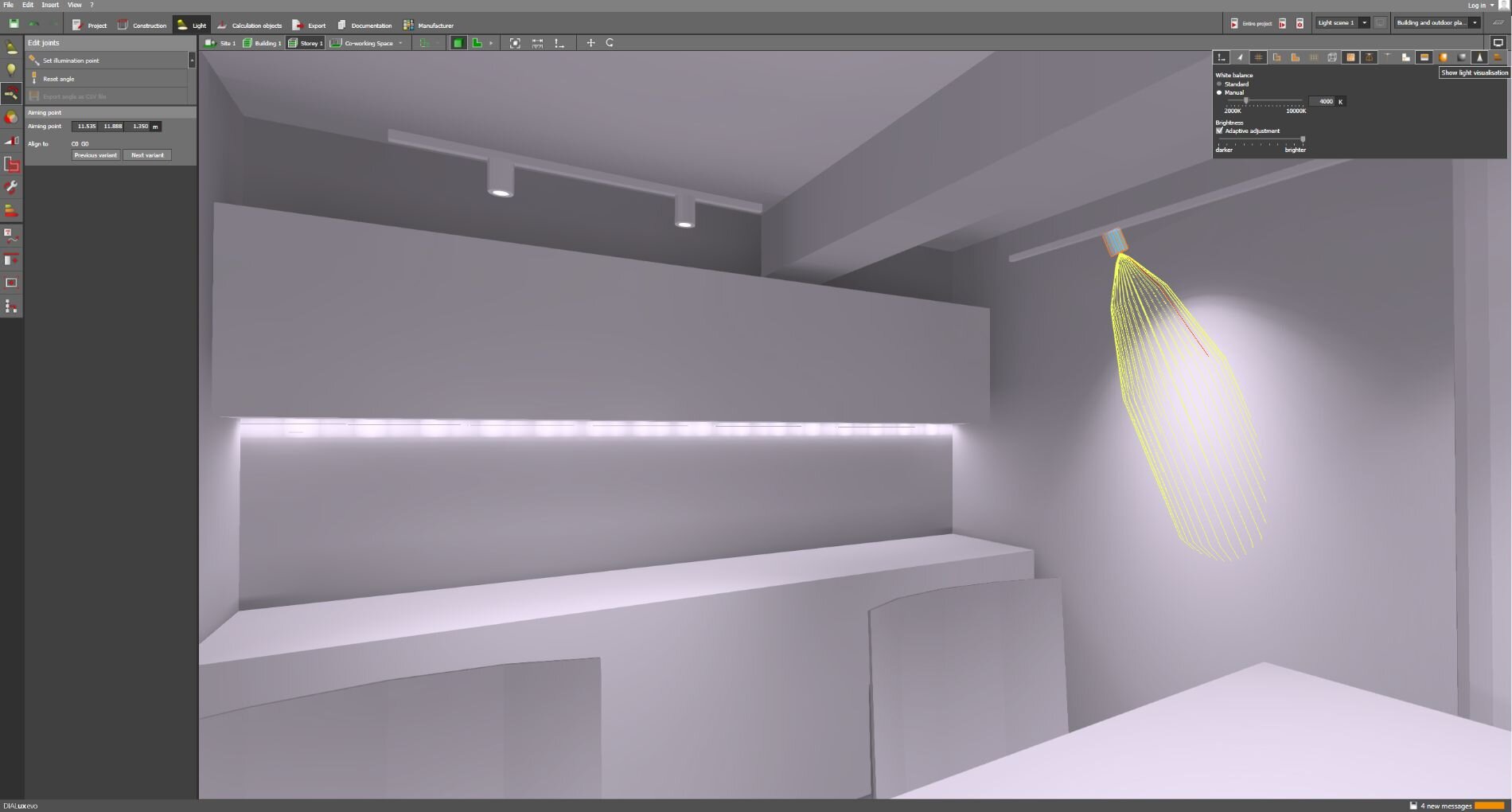
DIAL, the software company behind the lighting calculation software DIALux and DIALux Evo have just launched the latest release of the popular DIALux Evo - version 9. This professional lighting calculation software enables lighting designers to accurately model space and designs the lighting to suit, measure the levels and ensure compliance with any required specifications. DIALux Evo 9 has made some important changes, improving on the 8.2 version of the software which was the previous release. Here, we will break down the updates to understand what has changed, and what we still want to see.
Improvements for the designer
1. Improved project information
Inputting project information into DIALux Evo 8.2 was never at the forefront of the software. To input, or change the project details, you had to venture deep into the export documents section to add any information. With Evo 9, the new ‘Project’ tab gives you a dedicated space to input and view the project information rather which is easily accessible. It doesn’t sound like much, but the process has been made massively easier helps keep the projects well organised.
2. Quicker luminaire arrangements
The ability to position luminaries in space quickly has also been improved. The ‘line arrangement’ tool, which is used to draw a line through a space such as a corridor automatically places and spaces luminaries along the line, equidistant from each other and spaced to light the task plane at a specified light level has been refined to make it easier to see how the luminaries will be spaced. In previous versions of Evo, there was no visibility on the lighting arrangement until you had placed the line. With the latest release, the luminaire positions are shown live, and change as you change the length of the line. It also shows you the spacing measurements of the luminaries as you place them, making the positioning process significantly more accurate than before. Alongside this better visibility whilst creating the line arrangement, new automated ‘snapping’ tools means that you can quickly and easily draw the line arrangement to fixed objects such as walls with much higher accuracy, and speed. You can then move the whole line arrangement without having to select the ‘move’ function - the process has been significantly improved to increase speed and accuracy.
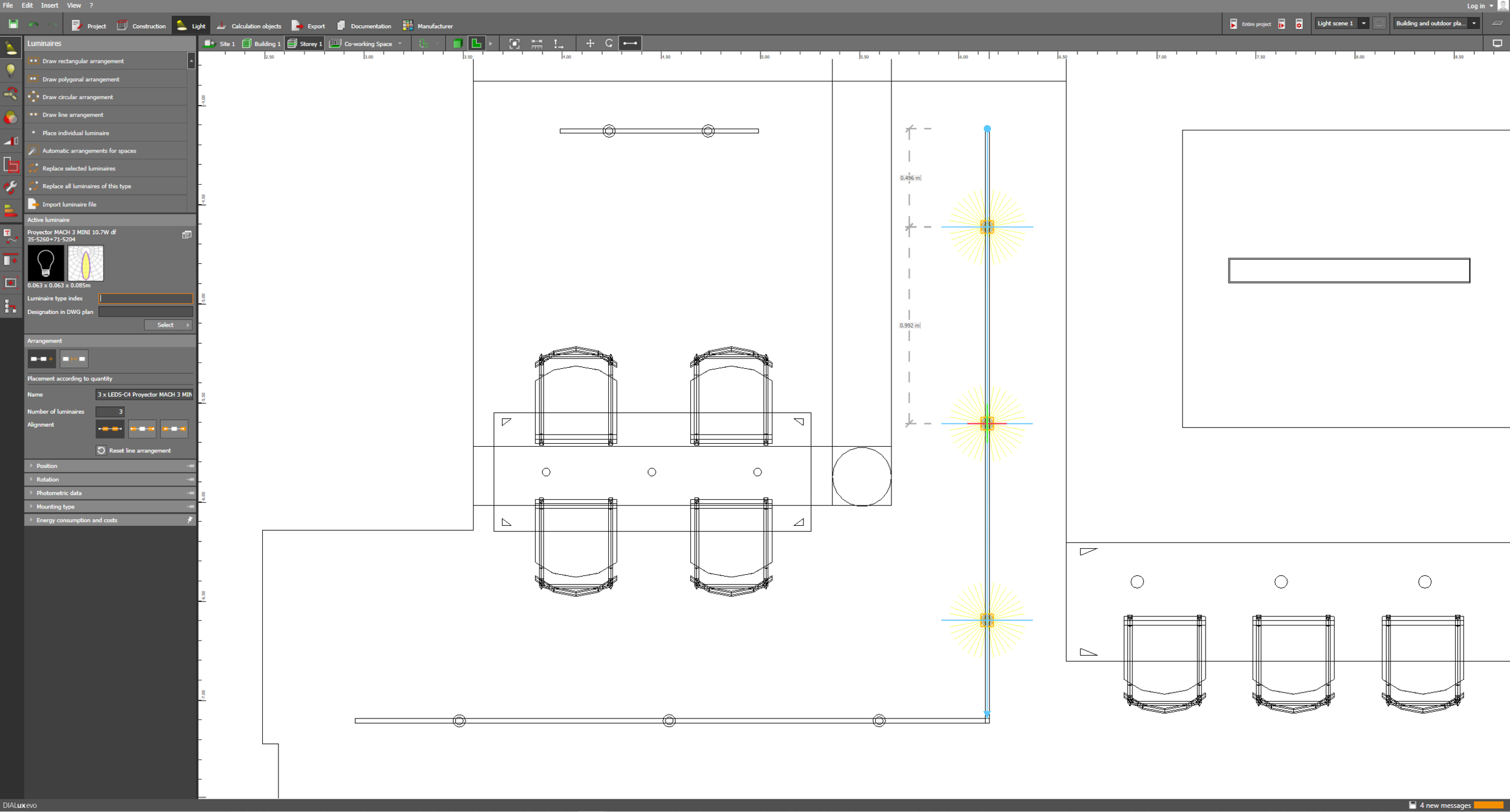
3. Individual luminaire output visualization
A new function of DIALux Evo 9 is the ‘show light visualisation’ tool. This enables you to view the light output of a single selected luminaire without having to calculate the whole project. This is really useful to focus lights on specific targets, for example, adjustable downlights or track spots. It means that you can adjust the orientation of the luminaire and visually see where the light output falls, or position a luminaire with confidence that the light is going where you need it to. This is significantly quicker than the previous version of Evo where you had to adjust the luminaire, calculate the project (which on large projects can take a few minutes!) see where the light falls and if it isn’t right, adjust and calculate again. It removes the element of trial and error, speeding up the focusing process.
From the designer's perspective, the Evo 9 release has been all about refinement and efficiency. The improvements focus around making the job of the designer easier, speeding up the process with carefully considered updates that sound fairly insignificant, but will save huge amounts of time.
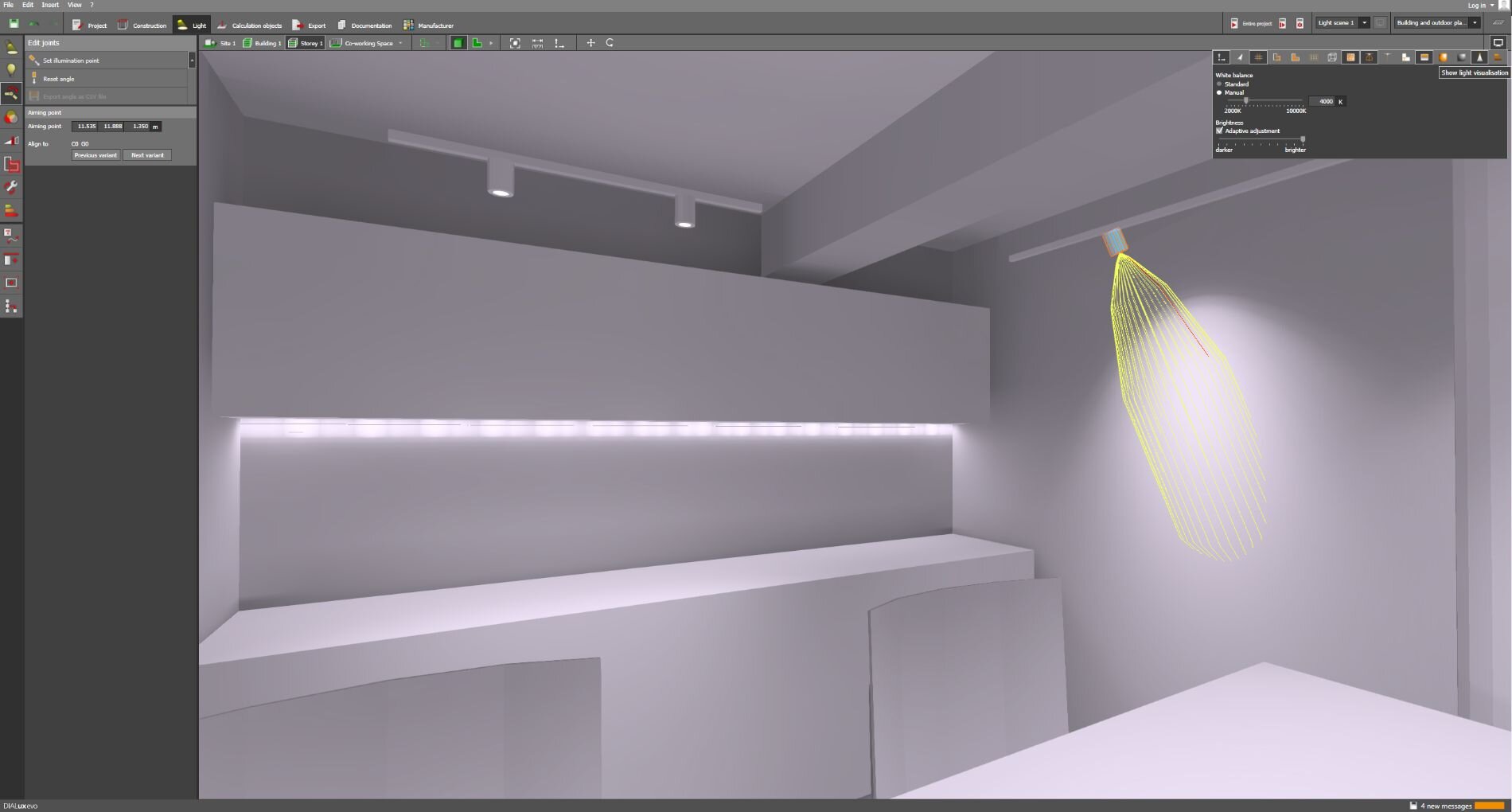
Improvements for the client
4. Project document continuity
With the new ‘Project’ tab, comes the ability to further brand the project documentation with the company logo’s/images and details of the project stakeholders (for example the architects, consultants and/or clients, to name a few). By adding the contact details of the key project operators, you not only maintain continuity with the other business project documentation but also build a handy database of contact details on the front of the design pack. Anyone reading that design pack who then has questions or feedback has the contact details of all the relevant people in front of them.
5. Keyword explanations
When exporting documentation from DIALux Evo 9, a glossary can now be included as standard. This can be incredibly useful if this document falls into the hands of someone who may not have much lighting knowledge. By including a glossary, it makes the document much more accessible to a wider project audience.
6. Visual compliance checks
Alongside the glossary, target ticks have been introduced into the project documentation. This gives a much clearer indication that the lighting design complies with the performance specification that is required for the project. Previous versions of Evo simply gave the data, and many of the project stakeholders may not have understood what this data meant. Now, the tick system clearly identifies and confirms that the scheme is compliant with the scope, giving confidence back to the client that the lighting is suitable.
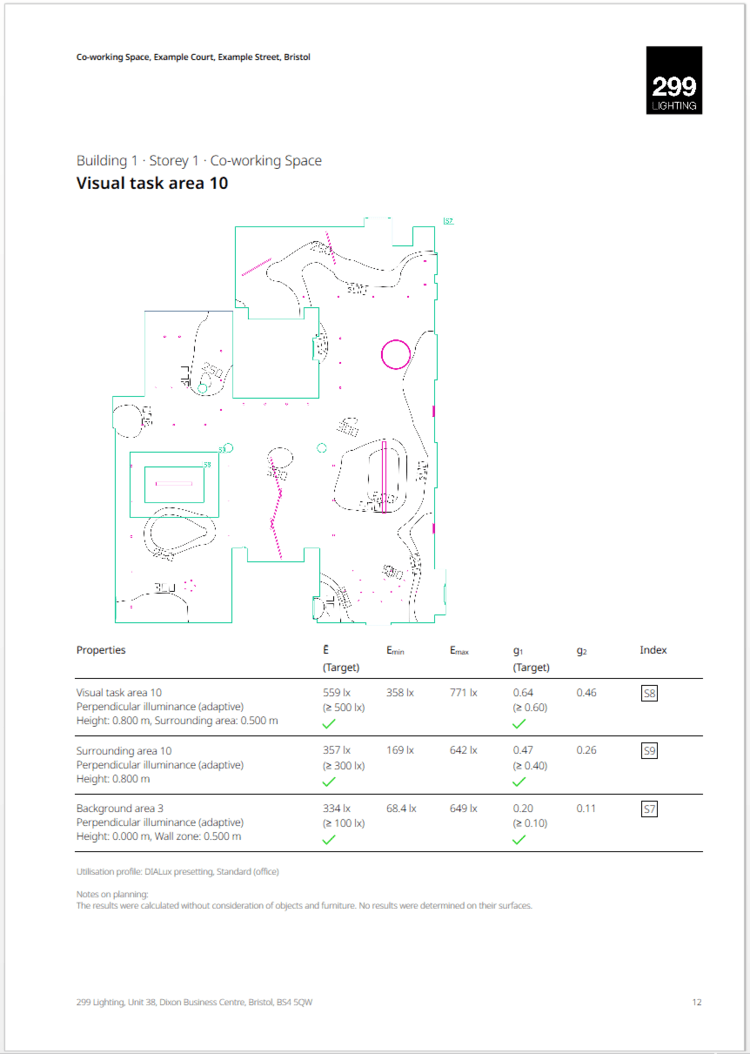
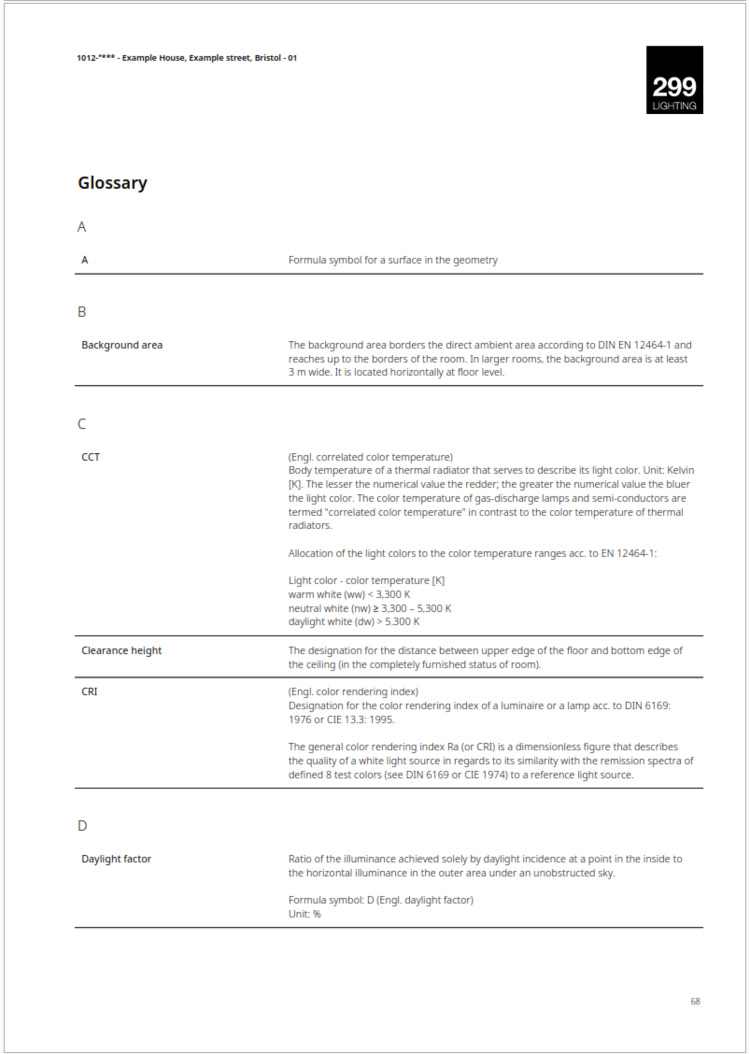
7. New customisable layout options
The documentation layout options have been improved, allowing you the design team to make a clearer and better presented lighting calculation document. New features give the designer more choice of layout and orientation, meaning the design pack can be presented in its clearest form. This is coupled with the fact that the DWG file can now be visible within the design pack. This keeps all the relevant information in one place, and makes it harder for any clashes etc. to be missed.
Where the design updates were made to improve efficiency, the client focused updates that have been made significantly improve the clarity of the project documentation. The information provided is clearer and easier to understand, which should in turn improve the accuracy of the project and ensure nothing is missed that could have repercussions on site.
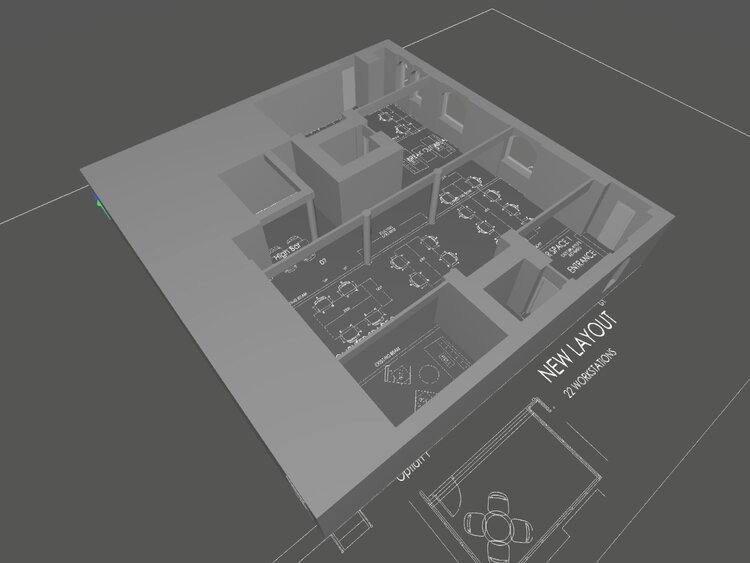
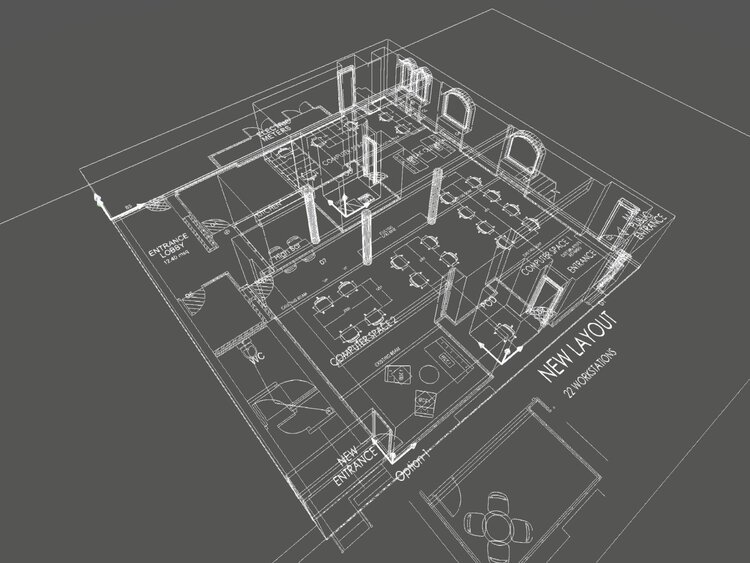

What do we want to see moving forward?
There is no doubt that DIAL has made significant improvements to DIALux Evo 9, compared to 8.2. But there is still more we want to see.
1. We need better BIM integration!
As BIM is used on more and more projects, DIALux Evo needs to interact better with the BIM world. IFC files (files exported from software such as Autodesk Revit) still don’t interact perfectly with Evo 9. Unless the model is built perfectly in Revit, the model won’t import properly into DIALux. Once it is imported, it still isn’t possible to edit the model so the accuracy of the model depends entirely on the person who created it. And whilst Evo 9 can import IFC files, it is still not possible to export an IFC model out of the software. This creates a duplication of work, where the BIM Engineer for the project will need to input the lighting into the BIM model once the design is complete.
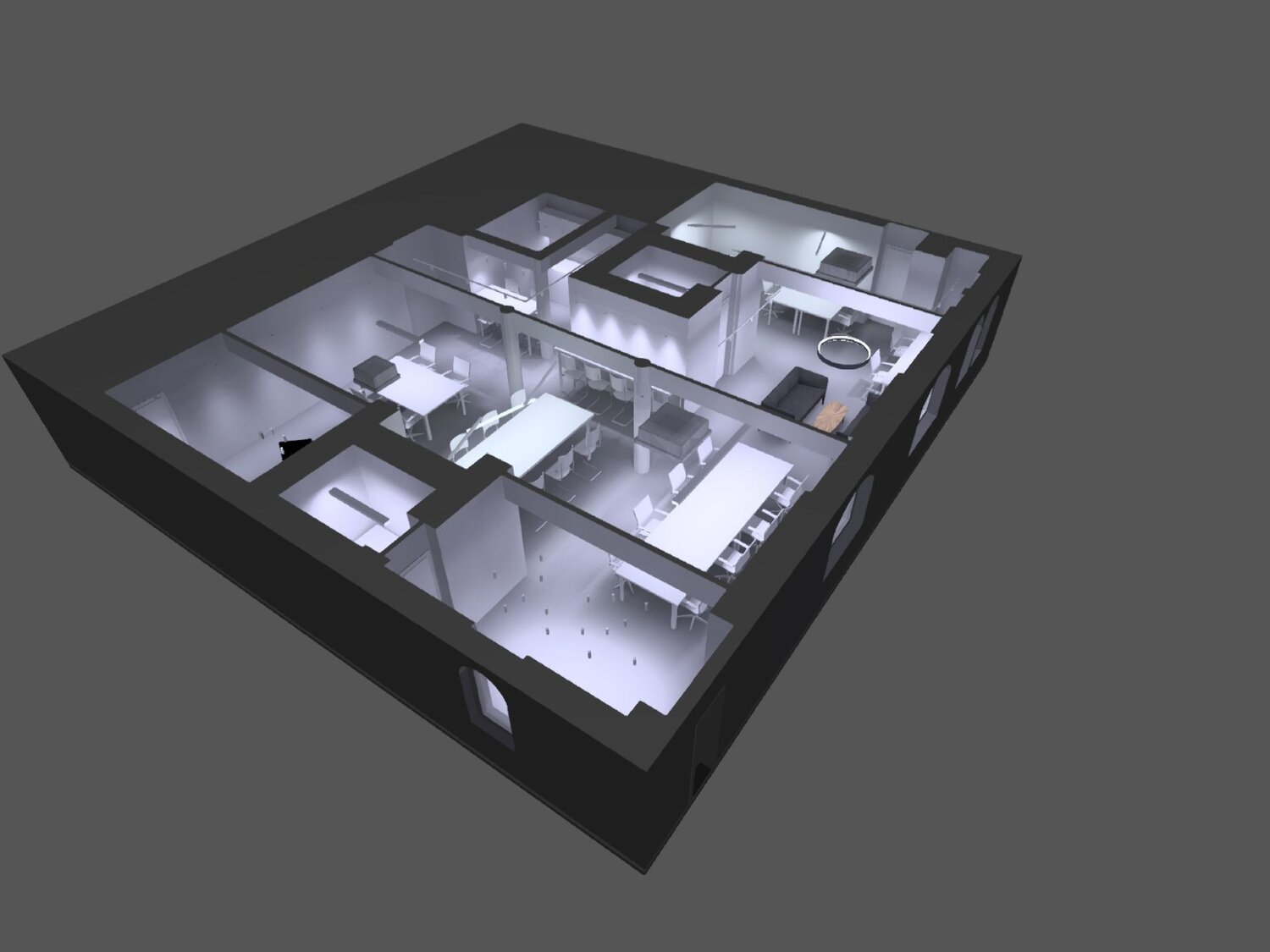
2. Lets make designs interactive
As we integrate more and more into the digital realm, we’re exploring new ways to present project work. One of the fantastic features of DIALux Evo is the 3D modelling and visualisation of the spaces. It really communicates the design to those on the project who may be new to lighting, or perhaps struggle to understand a large technical document. We really like to do walk-throughs of projects on the software, but currently there is no feature on Evo to make this a smooth and easy process. Instead, we rely on limited function keys and 3rd party software to put this together. Moving forward, we would like to see a feature that allows you to walk round a project and record this.
3. Make the information concise
Although the documentation has been significantly improved in version 9, it can still be better. Large projects can have document packs of 400+ pages (we’d know - we’ve done them!). We’d like to see a better ability to pick and choose the information contained within a project pack to make documents more concise, only displaying the information the client wants to see.
4. Elevations, elevations, elevations!
When we build a project in DIALux Evo, we normally work from 2D DWG files, generally exported from software such as AutoCAD. Currently, it is not possible to view these files on their side elevations (Z axis). Being able to import and view elevations would enable more accurate modelling (for example ceiling heights and window placement) and therefore more accurate calculations.
5. We all make mistakes
It would be good to have the ability to lock certain layers and layouts within DIALux Evo, be it luminaire layouts or furniture layouts etc. This would decrease the chances of human error causing mistakes when designing a project, moving objects by accident. This would save time in revisions, and ensure that mistakes aren’t missed all the way through to the site installation.
6. Help us get upstairs
Staircases. Every Evo users kryptonite. Staircases take time to model and calculate in Evo, and the results in the documentation are not always clear for the client to understand. We’d like to see a specific staircase building tool that makes the process quicker and easier, and better for the client.
7. Emergency lighting design
DIALux Evo 9 is now recommended by DIAL over their traditional DIALux 4.13 software, except in 2 scenarios - sports areas and emergency lighting. It seems incredibly counter-intuitive from DIAL to allow you to build a project in a software, but then use a different software to perform emergency lighting calculations which are an integral part of most projects. Moving forward it would be good to see emergency calculations included in DIALux Evo, keeping projects all within the one software.
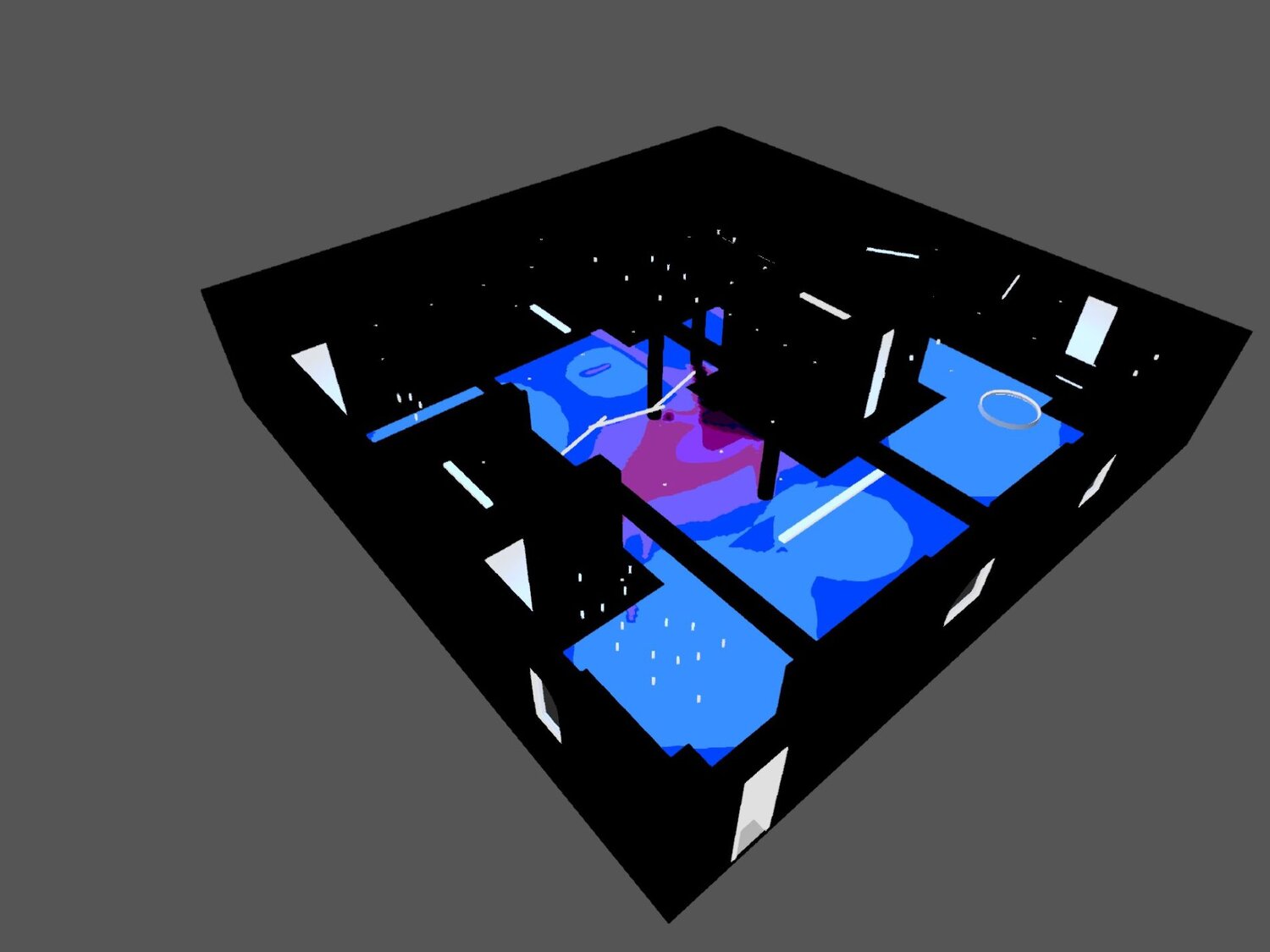
There is no doubt that DIAL has made significant improvements to DIALux Evo software with release 9. Designs will be quicker to produce, and more accurate for the design team, and the resulting documentation will be much easier to understand by the client team resulting in a much more fluid interaction with the designers. Whilst there is always more that could be done, these improvements have paved the way for a more efficient process.
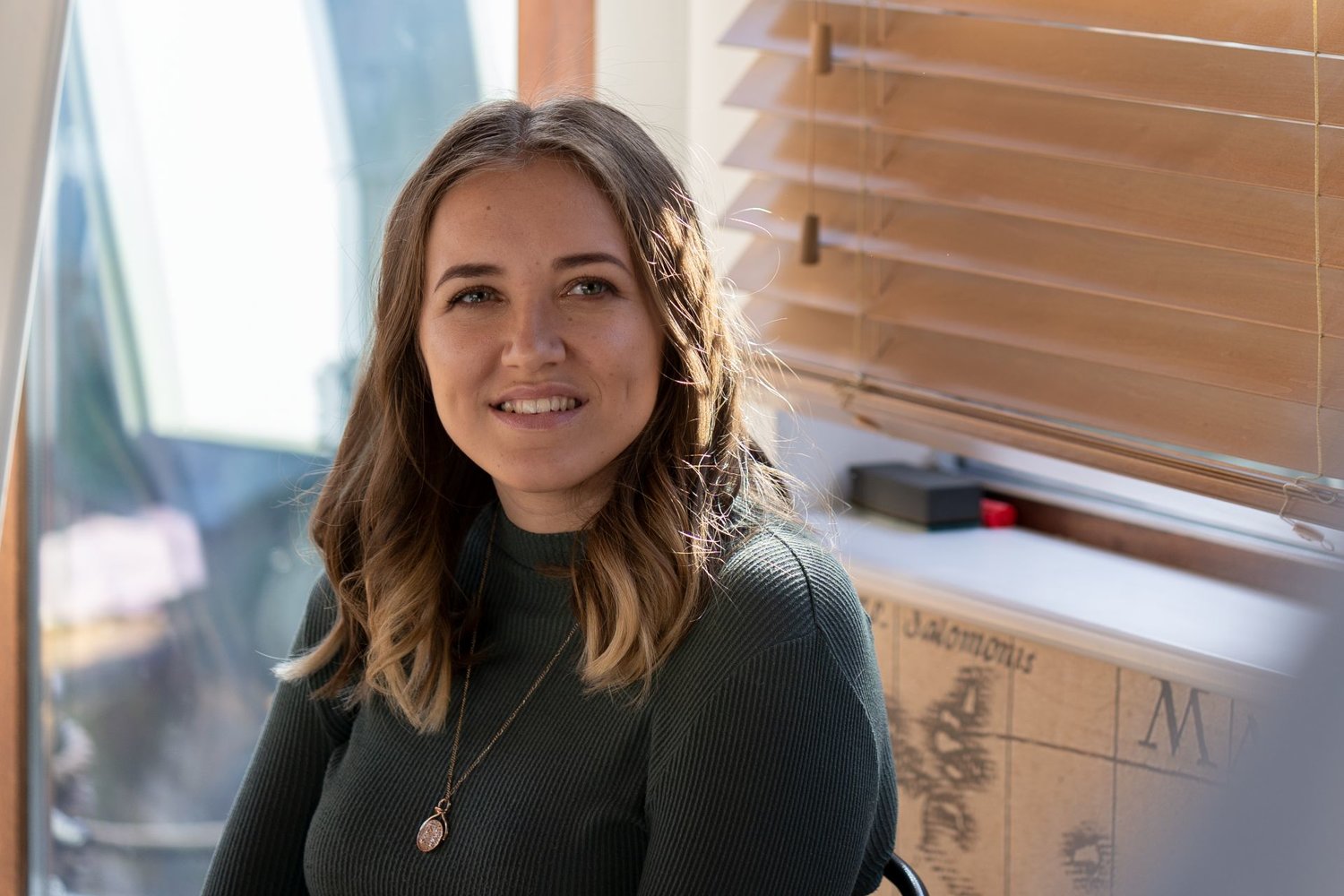
Lighting design is an integral part of our service at 299 Lighting
To find out more go to our lighting design page
